Chlorophyllum molybdites // The dangerous green fungus of science

There are many amazing things and discoveries in the world of science that help us understand the world better. However, not all scientific results are positive and chlorophyll molybdenite is a good example.
This seemingly harmless mushroom hides a dangerous secret that surprises scientists and has been responsible for many cases of food poisoning throughout history. We will analyze chlorophyll molybdenite from a scientific perspective and analyze its biology, toxicity and influence. Bring health to those who don't know.
In the Biology of Chlorophyllum molybdites
Chlorophyll molybdenum, also known as "Texas green mushroom" or "green umbrella mushroom", is a type of fungus widely distributed in North America and other parts of the world. It belongs to the Chlorophyllaceae and Oleaceae families. At first glance it looks like an edible mushroom, as it looks like a common mushroom (Agaricus bisporus). However, what underlies this similarity is its green color, characteristic of chlorophyll molybdenite.
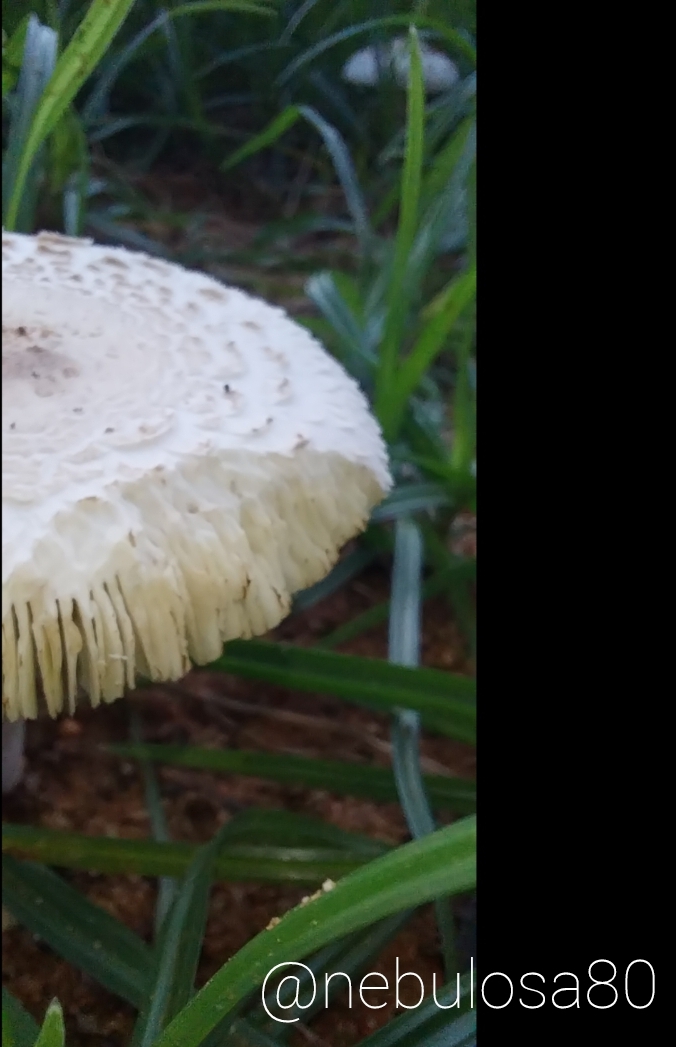
This mushroom grows in different places such as meadows, forests, fields, etc. and changes shape when mature. Chlorophyll molybdenite spores are spread by wind and water.
Toxicity
The toxicity of chlorophyll molybdate is an interesting scientific topic. Although it is not usually fatal, consuming it can cause adverse gastrointestinal symptoms such as abdominal pain, nausea, vomiting and diarrhea. Additionally, consuming these mushrooms can cause dehydration, which may require medical attention.
The main toxin found in the mineral chlorophyll molybdenum is a toxin called "mittoxin." Maltoxin is a very strong substance that affects the cells of the stomach, causing the cell membranes to swell, which causes water and electrolytes to leak from the stomach, leading to cancer and dehydration. Although the effects of poisoning can vary depending on the amount of food consumed and the person's exposure, it is important to know that chlorophyll molybdate toxicity is very dangerous and dangerous.
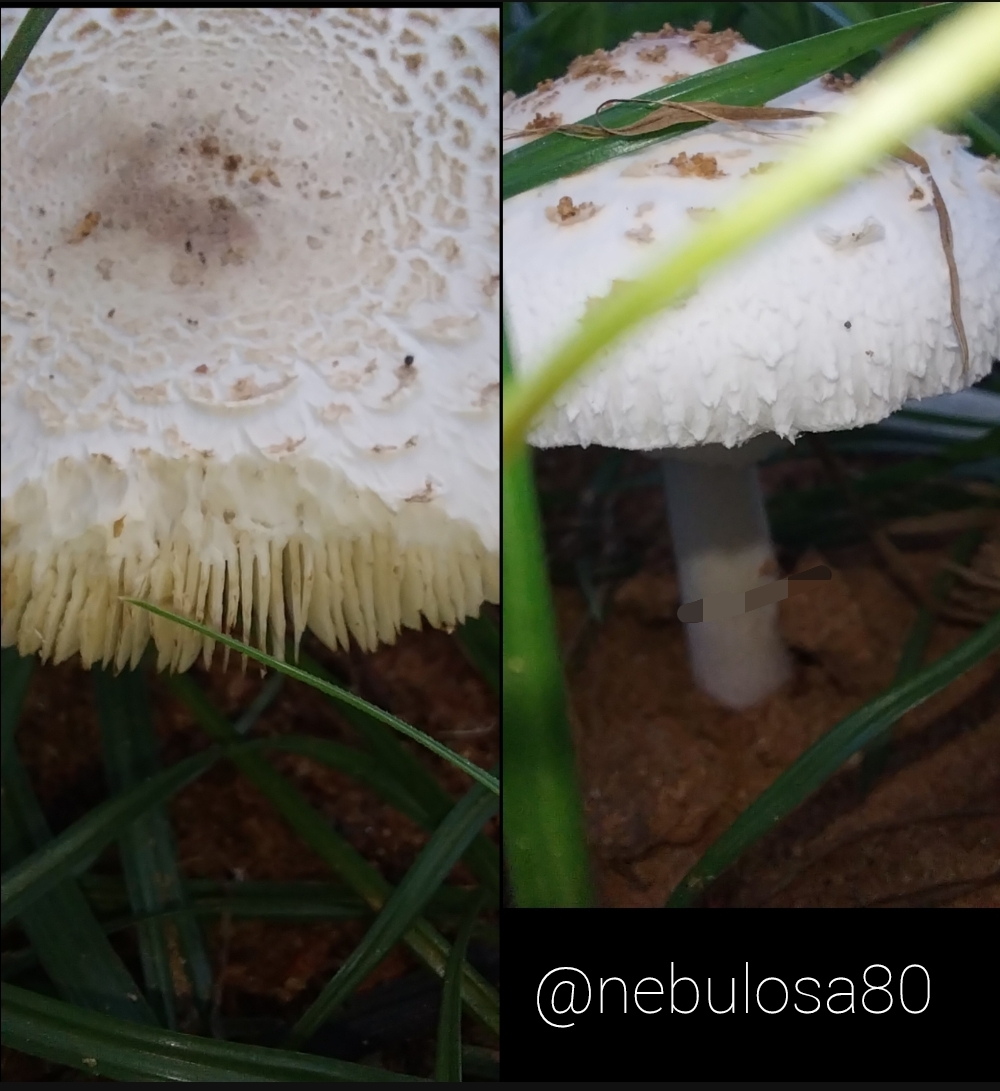
Maltoxin is a macrocyclic polyether, meaning it contains many rings and ethers in its structure. This structure results in high toxicity and complexity. Although the exact medications are not known, an important part of the mitochondrial toxin called the "mitotoxin core" has been identified and is responsible for most of the toxicity.
The chemical composition of macrocyclic polyethers varies due to the variety of properties they can provide. Macrocyclic polyethers are molecules with many ether groups (oxygen-carbon bonds) that form large or circular rings in their structure. There is no single chemical formula that describes all macrocyclic polyethers because the shape and length of the ether chains vary from molecule to molecule. The numbers represented by n and m vary from one molecule to another. Macrocyclic polyethers can differ in ring size and other functional groups, resulting in structural changes.
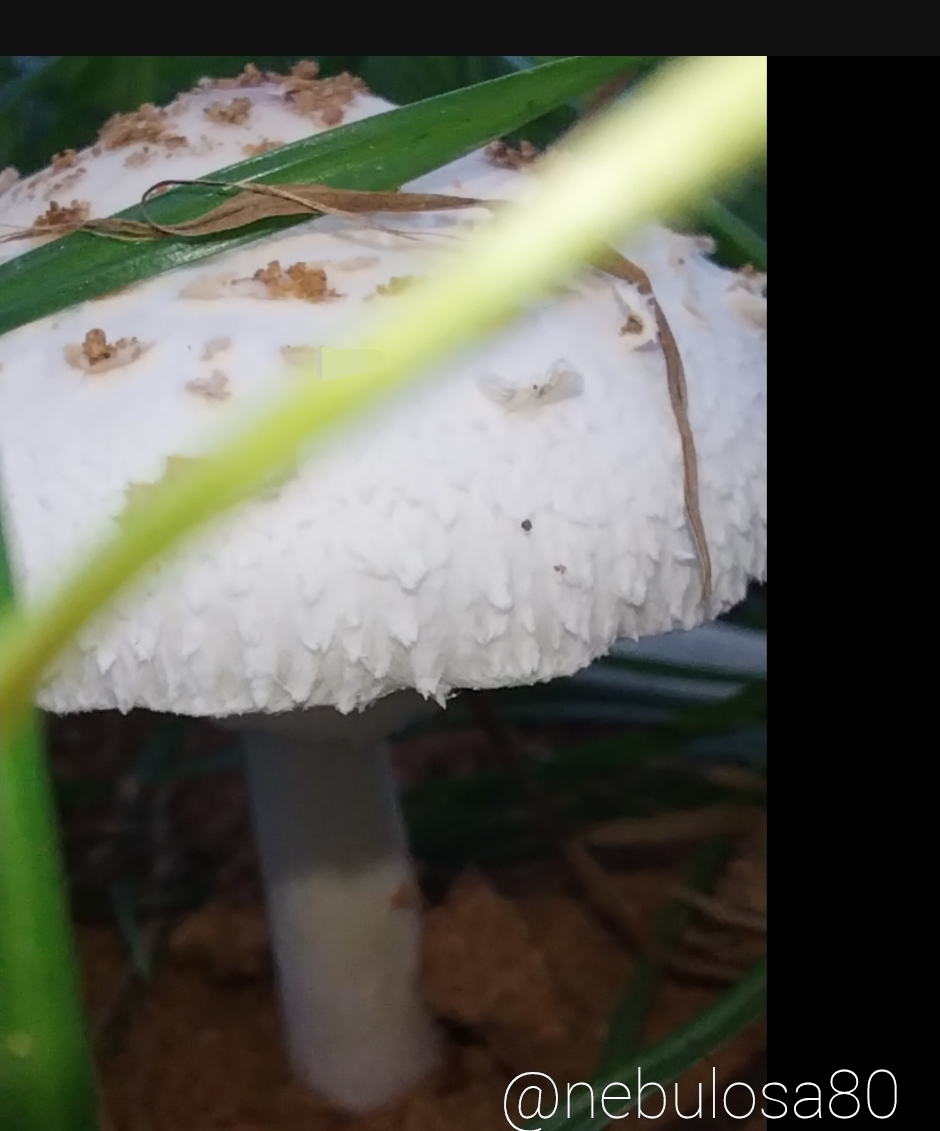
The best-known examples of macrocyclic polyethers are crown ethers, a class of compounds used in chemistry as ligands for metal ions due to their ability to form complexes with these ions. An example of a common crown ether is 18-crown-6, which is a ring structure composed of six oxygen atoms.
C12H24O6
However, it is important to understand that this is a simple form of macrocyclic polyether and is very complex and structurally different. The chemistry of macrocyclic polyethers is an important and diverse area of research, and individual molecules can possess many functional and chemical properties.
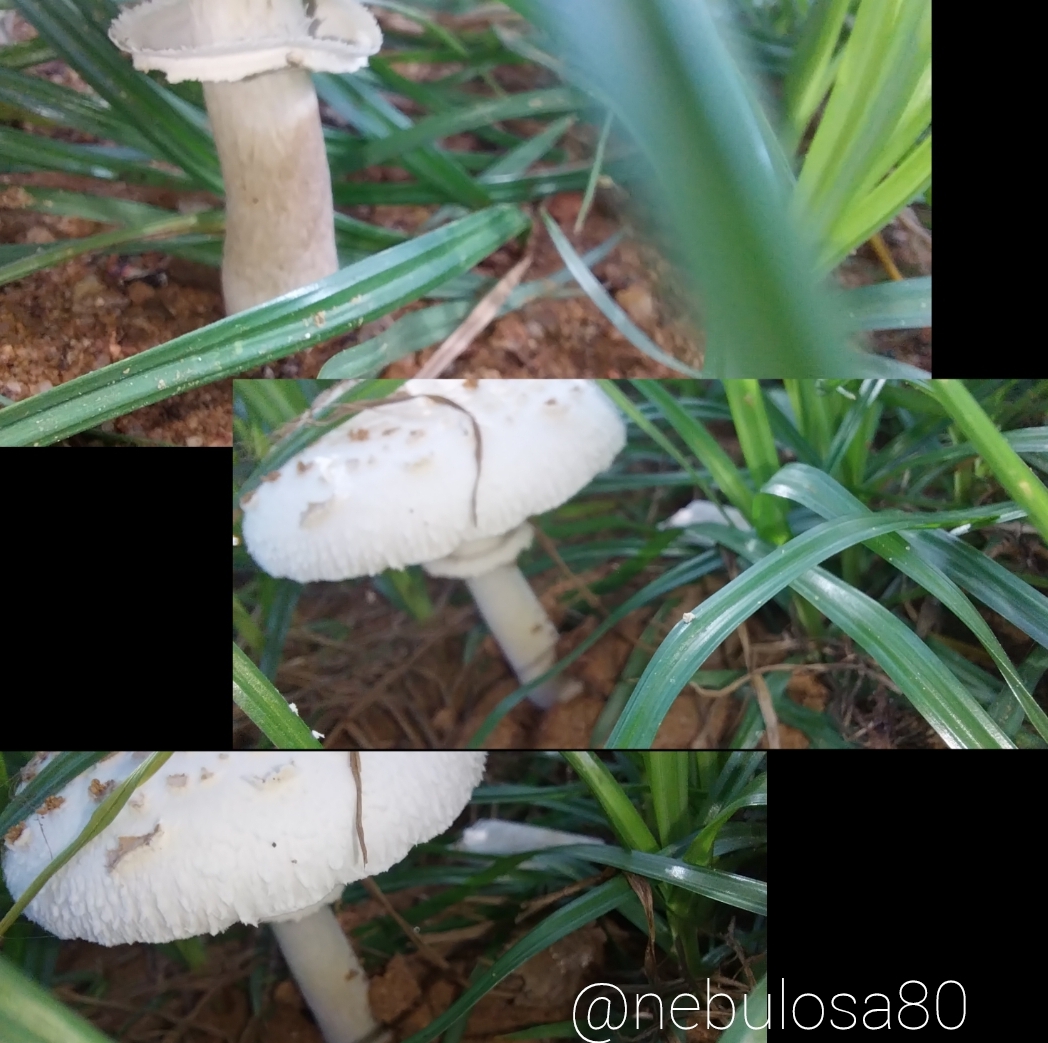
Impact on health
Throughout history, chlorophyll molybdenum minerals have been responsible for many fatal cases around the world. The questionable nature of these mushrooms has led people to misunderstand the type of mushrooms they eat, leading to accidental ingestion and health damage. Scientists and health professionals have investigated these toxic hazards to increase the dangers associated with eating wild mushrooms.
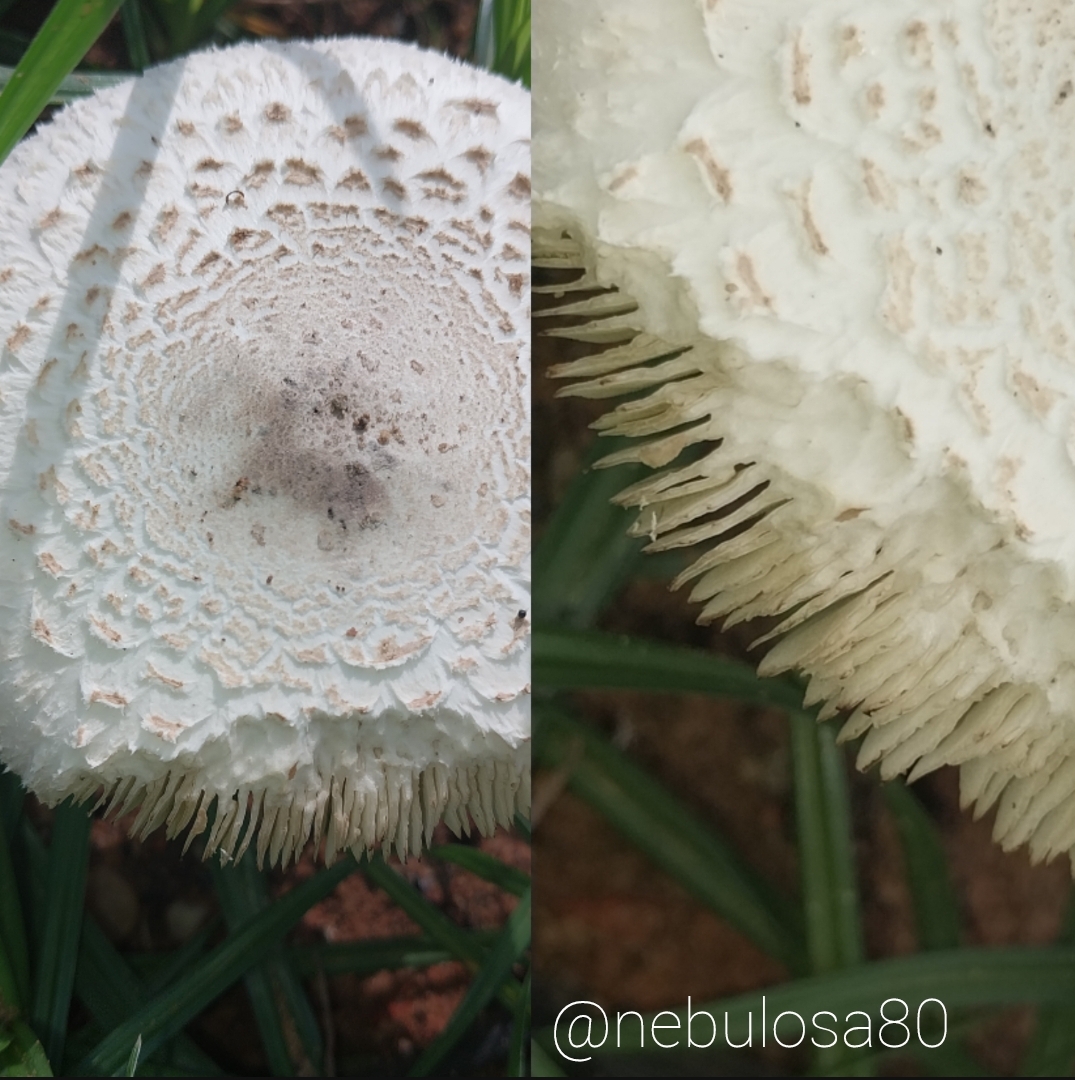
To combat these diseases, we work to educate people to better understand edible and poisonous mushrooms. Additionally, scientific research has led to the development of accurate mushroom identification techniques to differentiate between poisonous and edible mushrooms. These efforts help reduce the toxicity levels of chlorophyllite and other toxic fungi.
Chlorophyll molybdenite is an excellent example of how science views natural phenomena that, at first glance, appear harmless, but harbor dangers. His research reveals the complexity of fungal biology and the importance of public education to correctly identify fungi. Through scientific research and public awareness, tremendous strides have been made in reducing the risk of accidental consumption of chlorophyll molybdenum minerals. This green mushroom serves as a reminder that science not only shows us amazing things, but also protects us by giving us important information about the hidden dangers of nature.
Photo taken and edited by my Xiaomi Redmi 12C.
Reference
Texas Mushrooms: A Field Guide by Susan Metzler, Van Metzler, 1992.
Common Edible & Poisonous Mushrooms of the Northeast by C. Leonard Fergus, Charles Fergus, 2003.
Handbook of Mushroom Poisoning: Diagnosis and Treatment By Barry H. Rumack, David G. Spoerke, 1994.
Thanks for your contribution to the STEMsocial community. Feel free to join us on discord to get to know the rest of us!
Please consider delegating to the @stemsocial account (85% of the curation rewards are returned).
You may also include @stemsocial as a beneficiary of the rewards of this post to get a stronger support.
Congratulations @nebulosa80! You have completed the following achievement on the Hive blockchain And have been rewarded with New badge(s)
Your next target is to reach 400 upvotes.
You can view your badges on your board and compare yourself to others in the Ranking
If you no longer want to receive notifications, reply to this comment with the word
STOPCheck out our last posts:
Most times when I see it, I always misinterpreted it as mushroom